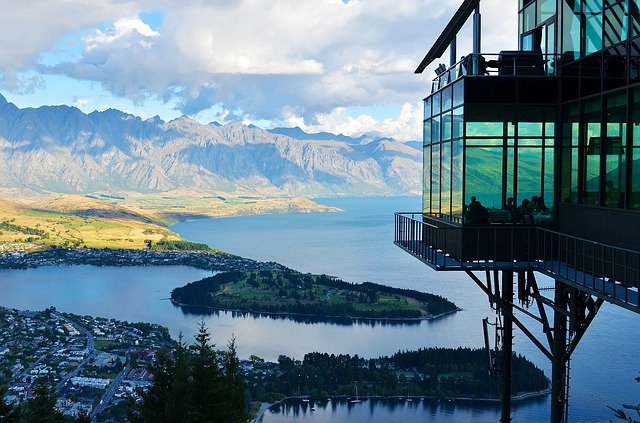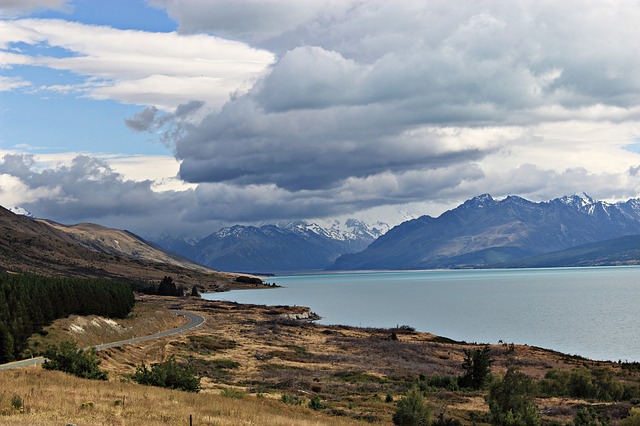New Zealand – Land of the Long White Cloud

History of New Zealand
.
Abel Tasman, the first European to explore the islands, landed there in 1642 and later named it Staten Randum, believing he had discovered part of South America.
– Later, in 1645, a Dutch cartographer named the island Nova Zeeland after the Dutch province of Zeeland, which is why it is called New Zealand. Later, British explorer James Cook renamed the islands New Zealand.
– Later, gold was discovered in the South Island in 1861. The islands of New Zealand were hit by a wave of settlers, who attempted to build enormous wealth from gold mining.
[19
– In the 1860s, New Zealand immigrants and settlers fought over land with the indigenous Maori. The Maori had no chance of winning and lost many of the rights and territories they had inherited from their ancestors.
– After a period of Maori unrest in the 1970s, there is now a resurgence of interest in Maori culture and traditions.

The North Island of New Zealand is characterized by a highly irregular coastline with several peninsulas jutting into the sea. The fertile lowlands of the island alternate with hills, bays, and sandy beaches. In the central part of the North Island are volcanic areas, four of which are still active today.
– In addition, there are many bubbling hot springs and geysers.
– Further south are pointed hills that eventually slope down to plains and coastal plains.
– One of the hills, named Taumatau hakatangihanganga koaua utamateatuulipuka pikimaunga holonukpokai fenua kitanatahu, is listed in the Guinness Book of Records because of its long name.